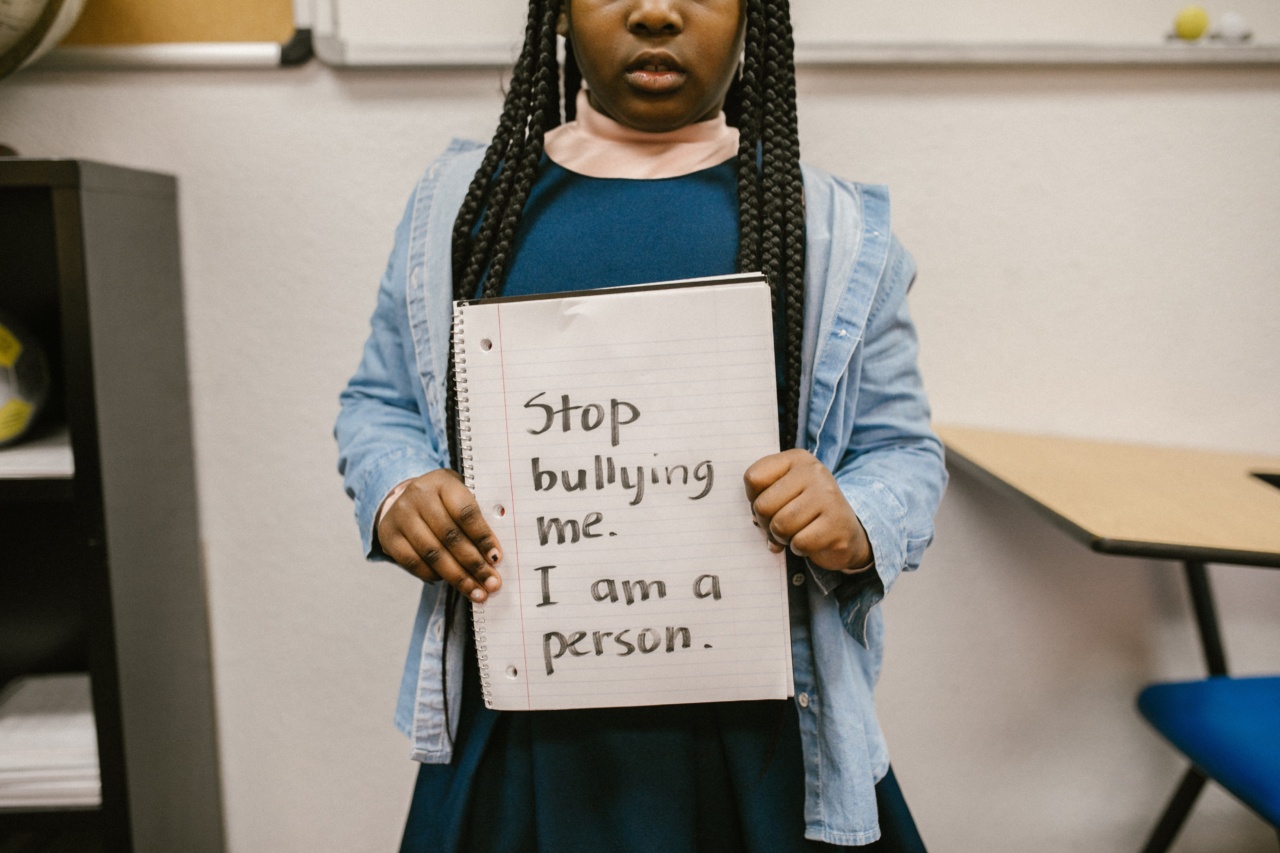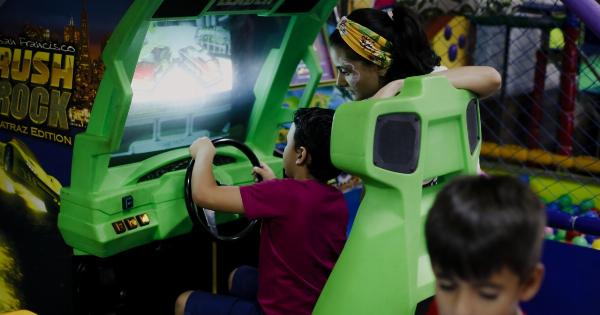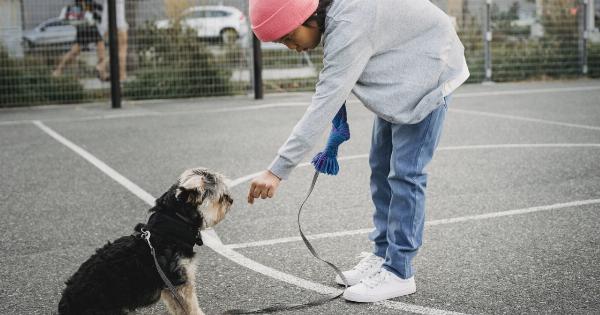Bullying in schools has become a prevalent issue that can have serious effects on a child’s emotional and psychological well-being.
As a parent, it is essential to understand the signs of bullying, know how to prevent it, and take appropriate steps to intervene if it occurs. This guide aims to provide parents with valuable information on identifying, preventing, and addressing bullying in schools.
1. Understanding Bullying: Types and Forms
Bullying can take various forms, including physical, verbal, social, and cyberbullying. Physical bullying involves physical aggression, such as hitting, pushing, or stealing belongings. Verbal bullying includes name-calling, insults, or humiliation.
Social bullying entails excluding or isolating a child from their peers, while cyberbullying occurs through electronic devices, such as social media or messaging apps.
2. Recognizing the Signs of Bullying
It is crucial for parents to be aware of the signs that their child may be experiencing bullying.
Some common signs include sudden changes in behavior, loss of interest in school or social activities, unexplained injuries, declining academic performance, anxiety, depression, or withdrawal from family and friends. If you notice any of these signs, it is important to communicate with your child and take the necessary steps to address the situation.
3. Creating a Safe and Supportive Environment
Building a safe and supportive environment at home and within the school community is essential in preventing bullying. Encourage open communication with your child and create a safe space for them to share their experiences.
Teach empathy, kindness, and acceptance, emphasizing the importance of treating others with respect. Work closely with the school to promote anti-bullying programs and initiatives that foster inclusivity and address the issue effectively.
4. Educating Your Child about Bullying
Empowering your child with knowledge about bullying is crucial in helping them prevent and handle such situations. Teach them about different forms of bullying, how to identify it, and the importance of reporting incidents to trusted adults.
Encourage assertiveness skills and teach them strategies to respond confidently if they encounter bullying, such as walking away, seeking help, or practicing self-care.
5. Building Resilience and Self-esteem
Bullying can have a detrimental impact on a child’s self-esteem and confidence. Help your child build resilience and develop a positive self-image by recognizing and nurturing their strengths and talents.
Encourage participation in activities they enjoy and praise their efforts and achievements. Building resilience equips children with the tools to face adversity and navigate challenging situations effectively.
6. Encouraging Healthy Peer Relationships
Positive relationships with peers can help protect children from bullying and its negative effects. Encourage your child to socialize, make new friends, and engage in activities that foster healthy connections.
Teach them about the qualities of a good friend and the importance of surrounding themselves with supportive individuals who share their values. Discuss healthy boundaries and encourage open communication about their social experiences.
7. Monitoring Online Activities and Cyberbullying
In the digital age, cyberbullying has become a significant concern. Monitor your child’s online activities, including social media use, and discuss responsible and safe online behavior.
Educate them about protecting their personal information, the importance of privacy settings, and reporting any instances of cyberbullying. Encourage them to disconnect from technology when necessary and spend quality time engaging in offline activities.
8. Establishing a Strong Partnership with the School
Developing a strong partnership with your child’s school is vital in preventing and addressing bullying.
Stay engaged with the school community by attending parent-teacher meetings, participating in school events, and joining parent support groups. Stay informed about the school’s policies and procedures regarding bullying prevention and intervention, and voice your concerns or suggestions. Collaborating with the school creates a united front against bullying.
9. Taking Action When Bullying Occurs
If your child experiences bullying, it is essential to take immediate action. Document incidents by noting dates, times, locations, and those involved.
Contact the school administration or the child’s teacher to report the incidents and request a meeting to discuss the situation. Work together to develop a plan to safeguard your child’s well-being and ensure appropriate consequences for the bully. In severe cases, involving law enforcement may be necessary.
10. Seeking Professional Support if Needed
In some cases, the impact of bullying may require professional support.
If your child experiences long-lasting emotional or psychological effects, such as anxiety or depression, consider seeking guidance from a pediatrician, school counselor, or mental health professional. These experts can provide specialized support and help your child navigate the healing process.






























